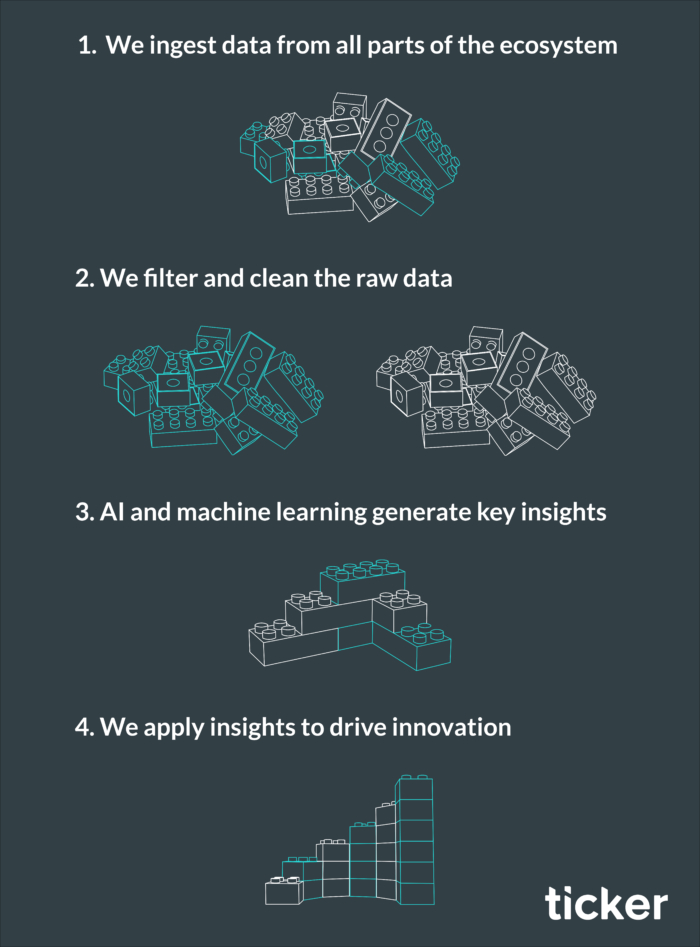Data, AI and machine learning are shaping the future of insurance
Insurance is set to change dramatically over the next five to 10 years. The future of AI has a huge role to play, and insurers who win big will be those embracing machine learning and AI to maximise pricing sophistication and connected car data.
We’re already seeing a shift in the industry from its current state of ‘detect and repair’ to ‘predict and prevent’, propelled by the surge in connected devices being used every day – an estimated one trillion by 2025.1
Insurers are experiencing a huge influx of data, which, according to Willis Towers Watson, is the most valuable asset a company could have; a reported 60% of insurers credit data from predictive analytics with increasing sales and productivity, while two-thirds say it’s helped them reduce issues and underwriting expenses.2
Here, we’ll discuss how we’re futureproofing insurance with connected data, and our Head of Data Science, David Steele, talks about how the future of AI is helping.
Pricing sophistication is make or break
Big data, the Internet of Things and predictive tools have given insurers more advanced ways of estimating risk, and, vitally, more accurately predicting it. Both of these are essential factors in our pricing strategy. And with price comparison websites giving customers a broader and more transparent view of pricing, it’s critical for insurers to be innovating in this area.
Insurers who are slow to adopt more advanced, data-led pricing models will end up playing a guessing game – one that will ultimately leave them behind.
How we turn data into insight

As Ruben Ugarte, author of Data Mirage: Why Companies Fail to Actually Use Their Data, says, data can be a mere buzzword, with only a third of companies using their data to help them make better business decisions.3 The same is true in insurance: data’s only a strategic tool when you’re able to use it properly.4
Our data science department is constantly processing information to find valuable patterns.
“Gathering data isn’t a problem – we have a ton of data – and the goal is to create new, innovative products and make smarter and quicker decisions with that data. Machine learning allows us to achieve better efficiency and accuracy throughout our processes, clearing the way for skilled workers to focus on more complex cases.”David Steele
Head of Data Science at Ticker
Bigger, better, braver
David has led the charge to position Ticker as the reference point for all other UK insurers when it comes to generating insights and delivering value from data. As he says; “it’s not just about collecting data, but discerning which data is truly useful to help us meet our goals.”
Technology will create tectonic shifts in our industry. But it’ll be up to team members throughout the company (not just the engineering team) to invest the time and resources to understand these new technologies and put them into practice. Winning isn’t about the advantages you have, but about what you do with them.
1McKinsey & Company: Insurance 2030 – the impact of AI on the future of insurance, March 2021
2Willis Towers Watson survey: The financial rationale for predictive analytics, July 2019
3Data Mirage: Why Companies Fail to Actually Use Their Data by Ruben Ugarte, 2021